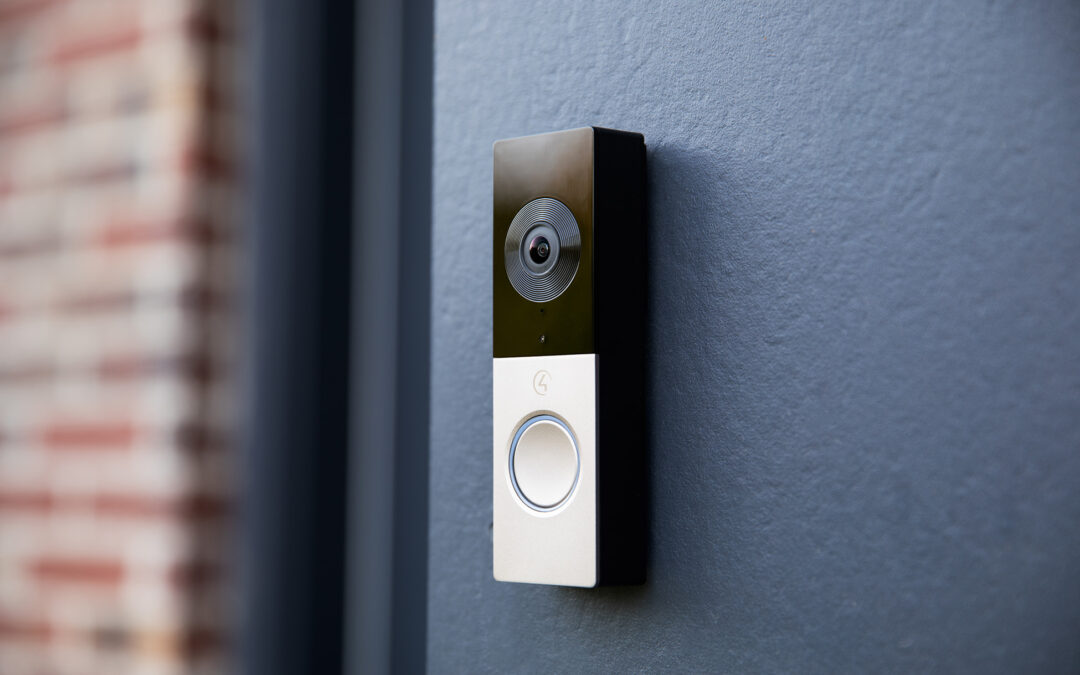Here at Hive, we get asked all the time which approach is best for controlling home technology; “one app to rule them all” or multiple apps? We decided to create a simple article highlighting the pros & cons of Single vs. Multiple Apps to help our clients decide for themselves which one works best for their home.
Just like wine, personal preference comes into play here. If you’re an early adopter and passionate about technology, having a bunch of apps might not be an issue. If you’re someone who values simplicity over performance and wants more of a “universal remote” for the home, a single app solution might be for you.
When first meeting with a client we try to “find the friction” as quickly as possible. Convenience might drive someone down the road of a single app solution while having access to all the features might peg someone squarely as a multiple app customer. We’re always very clear in our conversations. There isn’t a right answer; it’s your project. We’ll show you all the options, keep you from running into the ditch and help guide the process as best we can.
| Single App | Multiple Apps | ||
|
|
Limited integration with third party audio systems like Sonos limited to “Favorite” selections. Integrated streaming solutions have limited streaming solutions with some gaping holes (Apple Music, etc.) | Third party audio solutions all have their own apps for control. Can be frustrating switching back and forth among different user experiences. Environment becoming more voice driven, making apps less relevant. | |
 Lighting Control |
If a proprietary system selected, won’t function without processor. Scene creation and scheduling may or may not be user-friendly, creating a heavy integrator dependence. | Solutions like Lutron and others are able to leverage “black box” connectivity behind the scenes across apps like Amazon Alexa, Sonos and others to enable easy voice control and scheduling. A properly designed system won’t require much app interaction. | |

Video |
Traditional control systems do a fantastic job at unifying the TV/movie watching experience. Multiple remotes are annoying and this is probably the biggest area of adoption when considering unified control vs. multiple apps. | This can get annoying quickly. Much the same way consumers de-cluttered their coffee tables with universal remotes during the last decade, a single app for video control is advisable to keep peace at home. | |
 Security |
Most control system manufacturers (except the likes of Alarm.com) don’t make their own security panels so they’re forced to integrate with third-party gear. Connectivity can often be stilted and awkward. | Standalone security apps like Alarm.com do a fantastic job at security and other “outside the home” areas of interest but not so much when it comes to controlling other subsystems inside the home. |
Technology changes constantly, so we’ll be sure to update this article as we see new meaningful industry developments. In the meantime, good luck and remember we’re here for you if you find yourself surrounded by a bunch of techo-junk which looked really good on Amazon but may not magically work out of the box.
We’re here to help answer any questions you have about the home technology process. Call (813) 938-1585 or click anytime.





